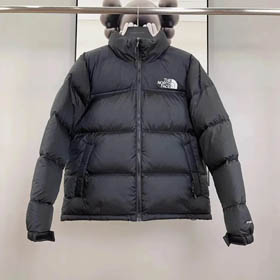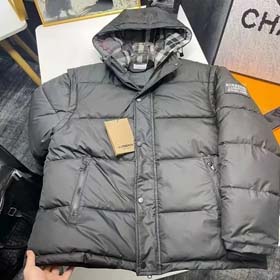Comprehensive Comparison of Michael Kors Product Pricing Across Shopping Websites, E-commerce Platforms, Proxy Purchasing Sites, and Reverse Proxy Platforms
When it comes to purchasing Michael Kors products, consumers have a plethora of options, ranging from shopping websites and e-commerce platforms to proxy purchasing sites and reverse proxy platforms. Each of these platforms has its own pricing structure, influenced by a variety of factors, including brand pricing strategies, platform operating costs, proxy purchasing fees, and currency exchange rate fluctuations. In this article, we will delve into these factors and analyze how they impact the final price of Michael Kors products across different platforms. By comparing actual data, we aim to provide consumers with insights into the price differences during various times such as new product launches and seasonal promotions. This will help consumers make informed decisions and choose the most cost-effective platform for their purchases, whether they are chasing the latest fashion trends or seeking classic, versatile pieces.
Brand Pricing Strategy
Michael Kors, as a globally recognized luxury brand, employs a consistent pricing strategy across its official retail channels. The brand ensures that its products are priced similarly on its official website and authorized retail partners. However, when it comes to third-party platforms, the pricing can vary significantly due to different markups and discounts. Official retail platforms may offer exclusive collections and limited-edition products, which are typically priced higher due to their exclusivity.
Platform Operation Costs
E-commerce platforms and shopping websites often have different operational costs, which are reflected in the final price of the products. For instance, larger e-commerce platforms like Amazon or Farfetch may have higher operational costs due to extensive logistics and customer service networks. These costs are often passed on to the consumer through slightly higher product prices. On the other hand, smaller shopping websites or local retailers may offer lower prices due to reduced operational overhead.
Proxy Purchasing Fees
Proxy purchasing services, where a third party buys products on behalf of the consumer, usually charge a service fee. This fee can vary depending on the platform and the complexity of the purchase. Some proxy services may offer competitive pricing by leveraging bulk purchasing or using lower-cost shipping methods. However, the added service fee is a significant factor that can inflate the overall cost of the product for the consumer.
Reverse Proxy Platforms
Reverse proxy platforms, where consumers can purchase directly from sellers in other countries, often offer lower prices due to favorable exchange rates and lower local costs. However, these platforms come with their own set of challenges, including higher shipping costs, longer delivery times, and potential customs fees. Despite these challenges, reverse proxy platforms can be a cost-effective option for consumers willing to navigate these complexities.
Currency Exchange Rate Fluctuations
For international purchases, currency exchange rates play a crucial role in determining the final price. A strong home currency can result in significant savings, while a weak currency can make purchases more expensive. Consumers should monitor exchange rates and consider currency exchange strategies, such as using multi-currency accounts or exchange rate alerts, to optimize their purchasing power.
Seasonal Promotions and New Product Launches
Price differences are particularly noticeable during seasonal promotions and new product launches. E-commerce platforms often offer discounts and flash sales during these periods, making them an attractive option for budget-conscious consumers. On the other hand, official retail platforms may not offer significant discounts during new product launches but may provide exclusive items and early access to collections.
Conclusion
In conclusion, the price of Michael Kors products can vary significantly depending on the platform chosen by the consumer. Factors such as brand pricing strategy, platform operation costs, proxy purchasing fees, and currency exchange rates all have a direct impact on the final price. By carefully considering these factors and comparing actual data across different platforms, consumers can make informed decisions and choose the most cost-effective option for their purchases. Whether you're chasing the latest fashion trends or looking for classic, versatile pieces, understanding these pricing dynamics can help you achieve economical and satisfying shopping experiences.
For more insights and detailed comparisons, visit Orientdig.site.



















